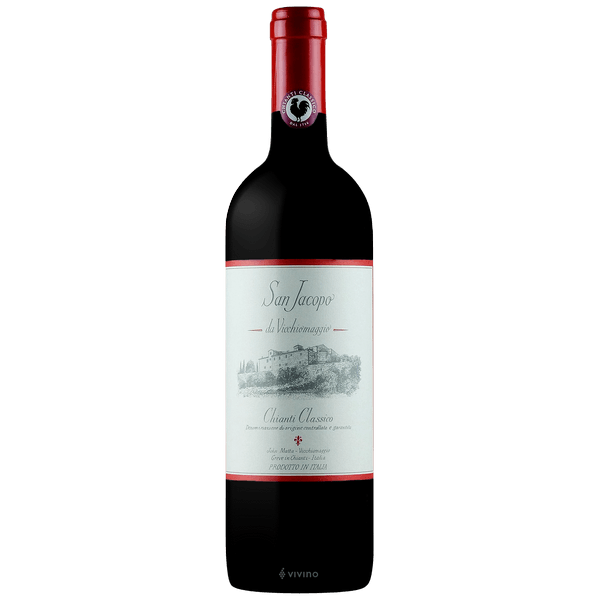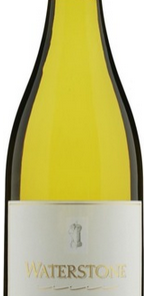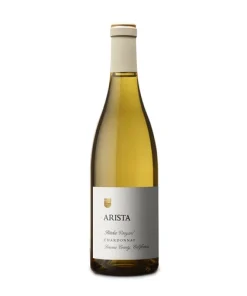-
×
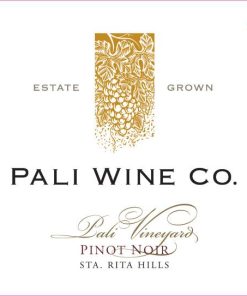 2017 Pali Pinot Noir Pali Estate Vineyard 750ML
1 × $45.99
2017 Pali Pinot Noir Pali Estate Vineyard 750ML
1 × $45.99 -
×
 2019 Umani Ronchi San Lorenzo Rosso Conero
1 × $21.00
2019 Umani Ronchi San Lorenzo Rosso Conero
1 × $21.00 -
×
 2018 Quivira Vineyards Dry Creek Valley Zinfandel
1 × $30.99
2018 Quivira Vineyards Dry Creek Valley Zinfandel
1 × $30.99
2016 Hanzell Chardonnay
$56.80
Out of stock
2016 Hanzell Chardonnay
2016 Hanzell Chardonnay Lovely high-toned aromas of honeysuckle and lemon blossoms combined with green pear, golden delicious apple, tangerine, guava and a flinty mineral quality exhibit chardonnay at its finest. The broad flavors of yellow pear, guava, lemon verbena, orange curd and lime zest are generous and satisfying. Bright acidity gives focus and length across the palate of this 2016 wine.
Chardonnay
Chardonnay is the world’s most famous white-wine grape and also one of the most widely planted. Although the most highly regarded expressions of the variety are those from Burgundy and California, many high-quality examples are made in Italy, Australia, New Zealand and parts of South America. Describing the flavors of Chardonnay is not easy. While many Chardonnay wines have high aromatic complexity, this is usually due to winemaking techniques (particularly the use of oak) rather than the variety’s intrinsic qualities.
Malolactic fermentation gives distinctive buttery aromas. Fermentation and/or maturation in oak barrels contributes notes of vanilla, smoke and hints of sweet spices such as clove and cinnamon. Extended lees contact while in barrel imparts biscuity, doughy flavors. Because of this high level of winemaker involvement, Chardonnay has become known as the “”winemaker’s wine””. The variety itself (although often said to be relatively flavor-neutral) is responsible for most of the fruity flavors found in Chardonnay wines. These range from the tropical (banana, melon, pineapple and guava) to stonefruits (peach, nectarine and apricot), citrus and apples.
Climate plays a major role in dictating which fruit flavors a Chardonnay will have. Broadly speaking, warm regions such as California, Chile and much of Australia tend to give more tropical styles. Temperate zones such as southern Burgundy or northern New Zealand create wines marked out by stonefruit notes. The very coolest Chardonnay vineyards (those in Chablis, Champagne and Germany) lean towards green-apple aromas. Mineral descriptors such as chalk, wet stones and crushed seashells also find their way into Chardonnay tasting notes. These are sometimes attributed to the soils in the vineyard, although the relationship between soil and wine flavor has become widely exaggerated.
Related products
Deal
Wines!
Wines!
Save 46% 95pts Decanter 94pts Suckling 93pts Parker’s WA Drinks Like Silver Oak
Deal
Wines!
Wines!
Chardonnay
Save 34%
Chardonnay
$109.99
100pts JD Famous Chardonnay Vineyard!
Deal
Wines!
Wines!
Save 34%
 2019 Umani Ronchi San Lorenzo Rosso Conero
2019 Umani Ronchi San Lorenzo Rosso Conero 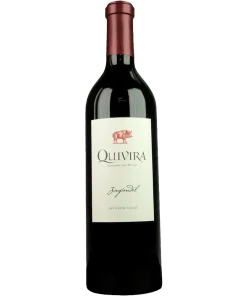 2018 Quivira Vineyards Dry Creek Valley Zinfandel
2018 Quivira Vineyards Dry Creek Valley Zinfandel 

